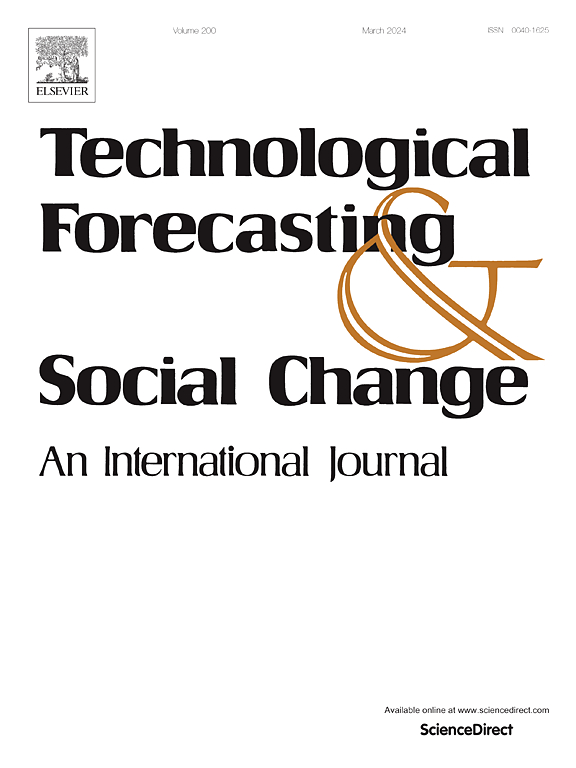打造可行的电动汽车电池循环生态系统
IF 12.9
1区 管理学
Q1 BUSINESS
Technological Forecasting and Social Change
Pub Date : 2024-11-16
DOI:10.1016/j.techfore.2024.123876
引用次数: 0
摘要
为了使交通部门不断电气化,实现净零碳和低碳经济,需要更多地使用和再利用电动汽车电池。这种电池的二次使用和以后的回收利用需要一个生态系统,其中的参与者需要对电池进行可靠的跟踪,并公平分享使用信息。然而,现有研究并没有为这种循环生态系统提出可行的解决方案。因此,本研究探讨了电动汽车电池生态系统的结构、参与者和流程,以实现电池的循环利用。本研究针对重型和商用车领域的一个全球电动汽车电池供应链进行。它涵盖了电池生产过程的所有阶段。通过访谈和观察收集原始数据,并辅以二手文献数据。我们的研究建立了一个价值模型,确定了创建可行的电动汽车电池生态系统的主要考虑因素,以及参与方需要解决的挑战。在实践中,研究结果表明了参与者在电动汽车电池循环发展的各个环节中保持适应性的重要性,并强调了原始设备制造商在确保各合作伙伴公平分享价值方面的关键作用。本文章由计算机程序翻译,如有差异,请以英文原文为准。
Enabling a viable circular ecosystem for electric vehicle batteries
Greater use and reuse of electric vehicle batteries is needed for the ongoing electrification of the transport sector towards a net-zero and carbon-low economy. Such battery second-life uses and later recycling requires an ecosystem with actors having reliable battery tracking and equitably sharing usage information. However, existing studies do not prescribe viable solutions to such circular ecosystems. Therefore, this study explores the electric vehicle battery ecosystem's structures, actors, and processes that may enable battery circularity. The study was conducted on one global electric vehicle battery supply chain in the heavy-duty and commercial vehicle sector. It covers all phases of the battery journey. Primary data was collected through interviews and observations, and supported by secondary documentary data. For contribution, while the existing literature on battery circularity largely focuses on technology choices for information transparency, sharing and tracking, our study develops a value model that identifies key considerations for creating a viable electric vehicle battery ecosystem and the challenges that participating actors need to resolve. Practically, the findings demonstrate the importance of actors being adaptive in all parts of EVB circularity development, and it highlights the critical role the OEM has to ensure that equitable value sharing occurs among the various partners.
求助全文
通过发布文献求助,成功后即可免费获取论文全文。
去求助
来源期刊
CiteScore
21.30
自引率
10.80%
发文量
813
期刊介绍:
Technological Forecasting and Social Change is a prominent platform for individuals engaged in the methodology and application of technological forecasting and future studies as planning tools, exploring the interconnectedness of social, environmental, and technological factors.
In addition to serving as a key forum for these discussions, we offer numerous benefits for authors, including complimentary PDFs, a generous copyright policy, exclusive discounts on Elsevier publications, and more.

 求助内容:
求助内容: 应助结果提醒方式:
应助结果提醒方式:


